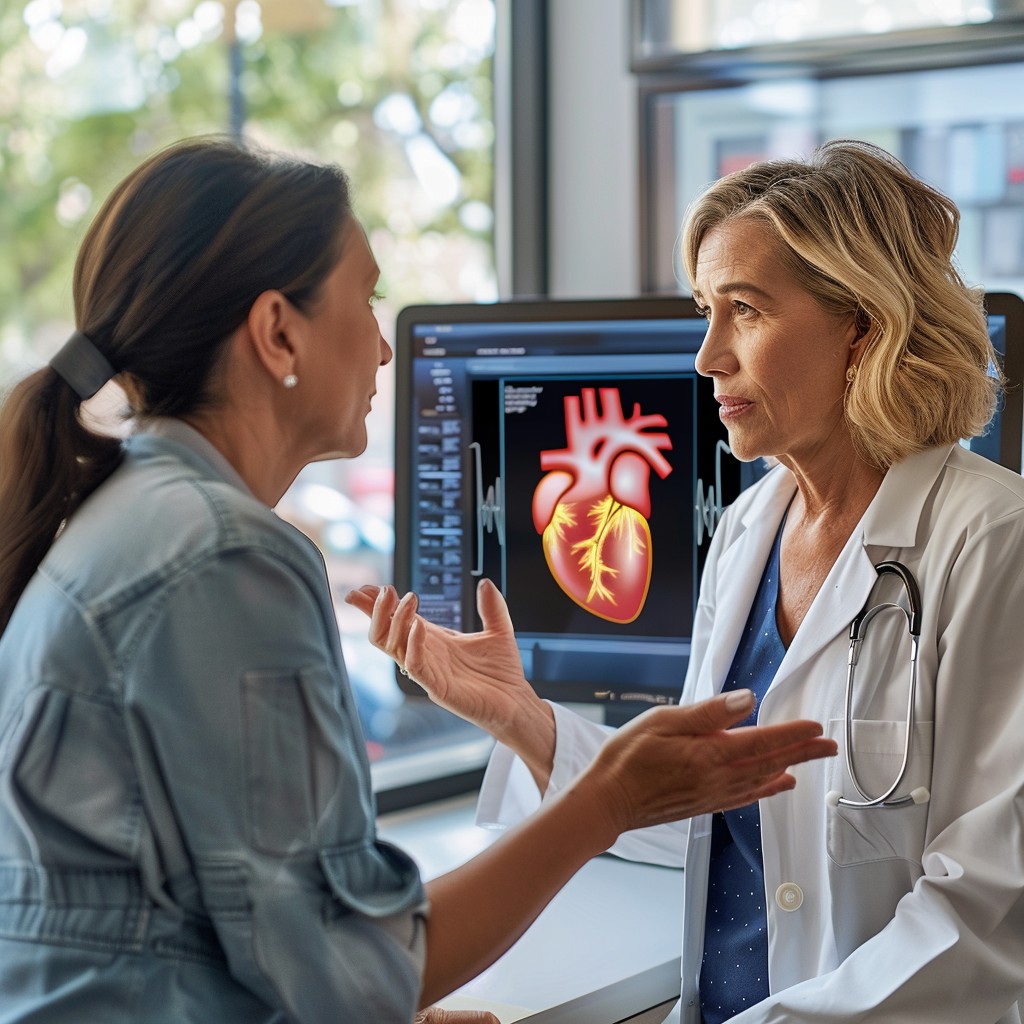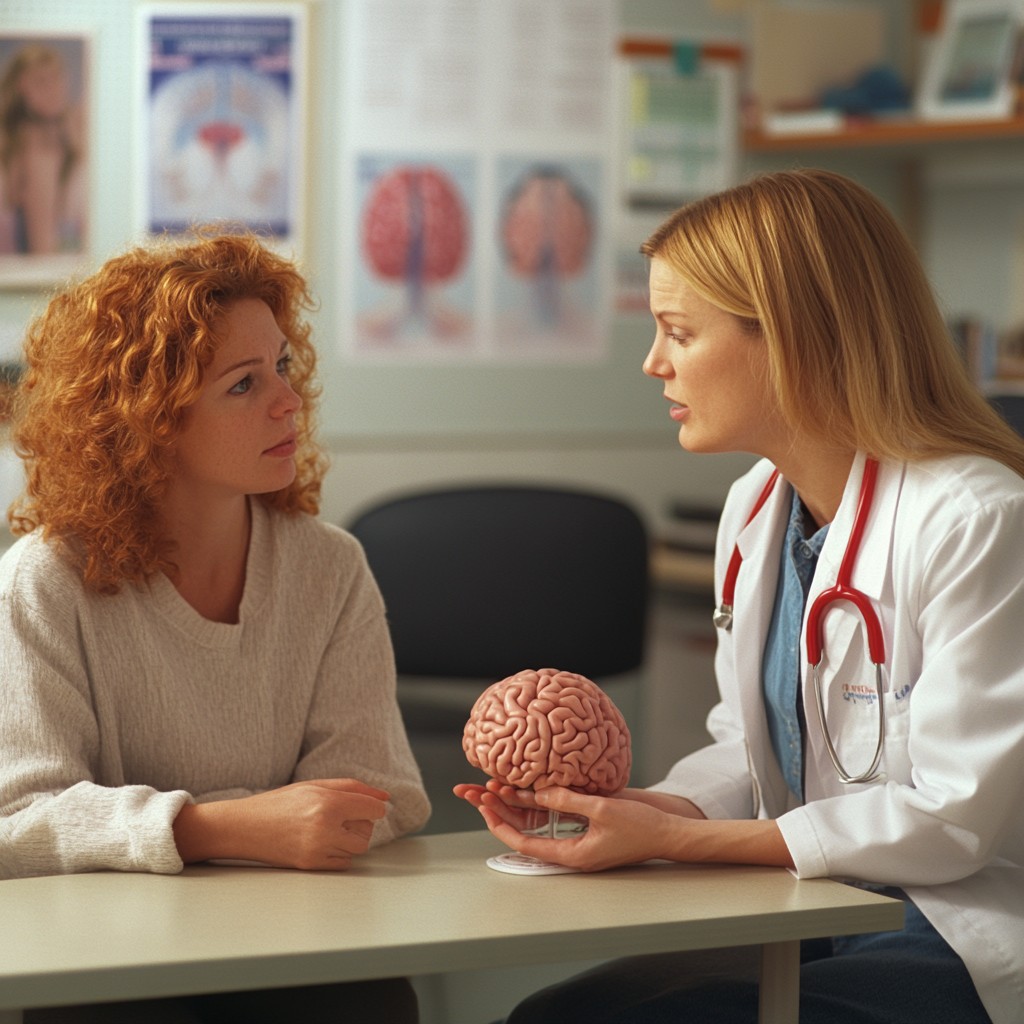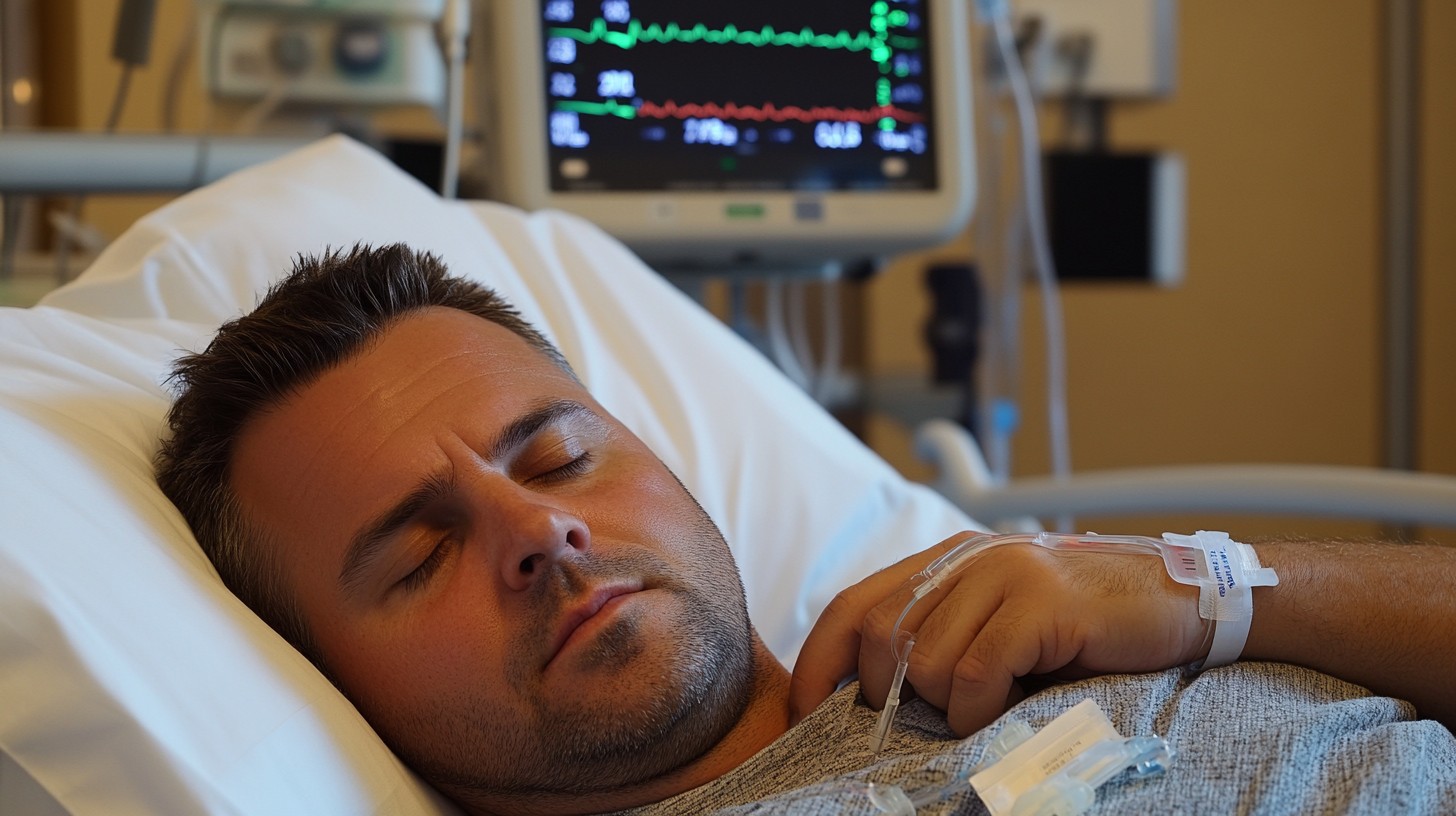Oestrogen is a primary female sex hormone essential for various physiological processes. It plays a pivotal role in puberty, contributing to the development of secondary sexual characteristics such as breasts, pubic hair, and the onset of menstruation. Alongside progesterone, oestrogen regulates the menstrual cycle and is secreted by the ovaries, peaking during the first half of the cycle. This hormone supports reproductive health by aiding conception and maintaining pregnancy.
Beyond reproduction, oestrogen contributes to bone health by preserving bone density and strength. Research also highlights oestrogen’s protective effect on the cardiovascular system, as premenopausal women have a lower risk of cardiovascular disease (CVD) compared to postmenopausal women. However, as women approach menopause, usually around the age of 40, oestrogen levels decline, increasing the risk of cardiovascular disease and bone-related conditions such as osteoporosis.
Types of Oestrogen
The body produces different types of oestrogen at various stages of a woman’s life:
- Estradiol (E2): The most potent form, produced during the reproductive years, often used in contraceptive pills.
- Estriol (E3): Predominantly produced during pregnancy, with the placenta synthesising this form using hormones from the foetus’s adrenal glands.
- Estrone (E1): A weaker form of oestrogen, predominantly produced post-menopause. Estradiol is approximately ten times more potent than estrone.
Oestrogen and Cardiovascular Disease (CVD)
Research indicates that vascular constriction naturally occurs with age, but the decline in oestrogen levels exacerbates this, increasing the risk of CVD. Hormone replacement therapy (HRT) for menopausal or postmenopausal women has been shown to promote vascular relaxation and reduce the risk of CVD.
Oestrogen positively impacts cholesterol by decreasing low-density lipoprotein (LDL or “bad” cholesterol) and increasing high-density lipoprotein (HDL or “good” cholesterol). These effects are especially beneficial for premenopausal women. However, postmenopausal women experience a rise in LDL and a drop in HDL due to reduced oestrogen levels, accelerating conditions like atherosclerosis.
While oestrogen has protective cardiovascular benefits, it can increase the risk of blood clots. Consulting a healthcare provider is essential to weigh the benefits and risks of HRT and determine the most appropriate treatment.
Considerations
Doctors can measure a woman’s oestrogen levels through a blood test analysed in a laboratory. This helps determine if hormone replacement therapy is necessary. Additionally, cardiovascular risk assessments can estimate the likelihood of developing CVD. These assessments consider:
- Family history of cardiovascular disease
- Personal health history
- Age and gender
- Screening tests such as blood pressure, cholesterol, blood glucose levels, and BMI
A comprehensive evaluation of these factors is crucial before starting oestrogen therapy.
Benefits of Oestrogen Therapy
Oestrogen therapy offers several advantages for postmenopausal women, including:
- Bone health: Increasing bone density and reducing the risk of osteoporosis.
- Cardiovascular benefits: Enhancing vascular relaxation and reducing CVD risk.
- Vaginal health: Alleviating dryness.
When paired with a healthy lifestyle, oestrogen therapy can positively impact overall cardiovascular health and improve quality of life.










